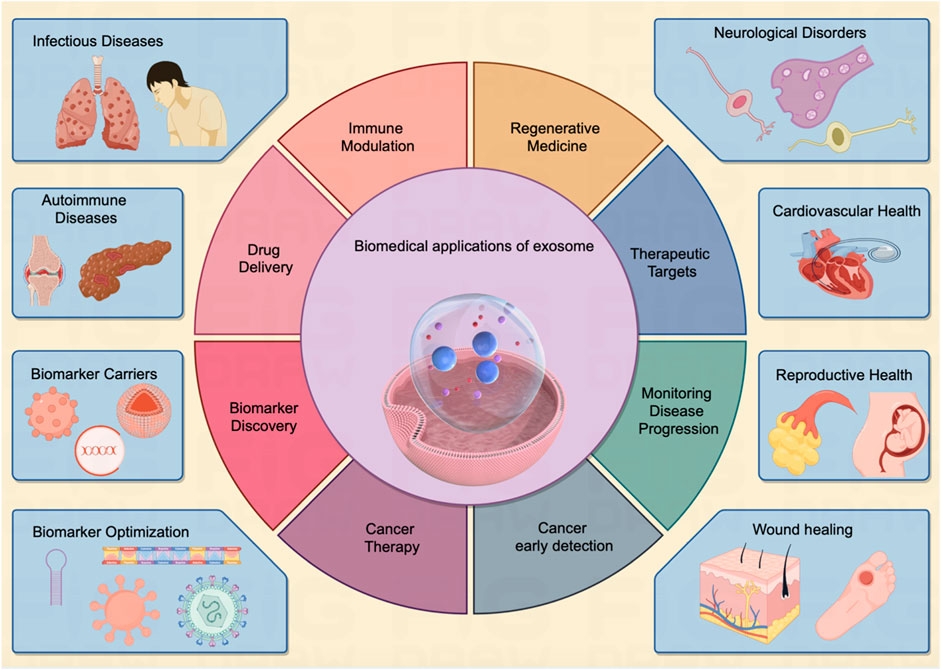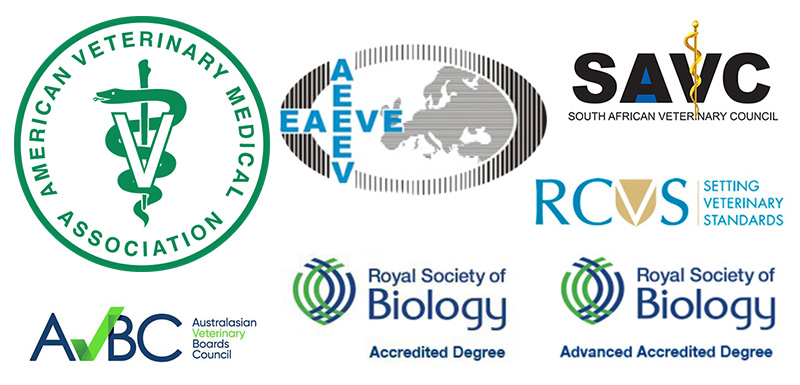
Ensuring Safety and Well-being on Snapchat
At Snap, nothing is more important than the safety and well-being of our Snapchat community. We have in place, and consistently enforce, policies and rules that detail the type of content and behavior that are acceptable on Snapchat. We offer tools and resources to help Snapchatters stay safe, and we engage with others in industry and across sectors to better protect teens and younger users in particular.
Research on Generation Z’s Digital Well-being
To offer insight into how teens and young adults are faring online, in 2022, we launched research into Generation Z’s digital well-being. Now, for two years running, we’ve surveyed teens (aged 13-17), young adults (aged 18-24) and parents of teens, aged 13 to 19 in six countries: Australia, France, Germany, India, UK and the US. The study produces a Digital Well-Being Index (DWBI): a measure of Gen Z’s online psychological well-being.
DWBI Readings for 2023
The second Digital Well-Being Index for the six geographies again stands at 62, a somewhat average reading on a scale of 0 to 100 – neither particularly favorable, nor especially worrisome. By country, India registered the highest DWBI reading at 67, down one point from 68 in Year One. Australia, Germany, the UK, and the U.S. all registered identical readings to 2022 at 63, 60, 62, and 64, respectively. France also dipped one percentage point to 59 from 60 in 2022.
The index leverages the PERNA model, a variation on an existing research vehicle, comprising 20 sentiment statements across five categories: Positive Emotion, Engagement, Relationships, Negative Emotion and Achievement. Respondents were asked to state their level of agreement with each of the 20 statements, taking into account all of their online experiences on any device or online application (not just Snapchat) over the preceding three months. (The research was conducted from April 28 to May 23, 2023.) To review all 20 DWBI sentiment statements, see this link.
The Parent/Teen Dynamic in 2023
A DWBI score was calculated for each respondent based on the 20 sentiment statements. Their scores were aggregated into four DWBI groups: Flourishing (10%, unchanged from Year One); Thriving (41%, down 2 percentage point from 43% in 2022), Middling (42%, up 2 percentage points from 40% in Year One) and Struggling (7%, also unchanged from 2022). (See, Below for details.)
SDGs, Targets, and Indicators
-
SDGs addressed or connected to the issues highlighted in the article:
- SDG 3: Good Health and Well-being
- SDG 4: Quality Education
- SDG 5: Gender Equality
- SDG 9: Industry, Innovation, and Infrastructure
- SDG 16: Peace, Justice, and Strong Institutions
-
Specific targets under those SDGs based on the article’s content:
- SDG 3.4: By 2030, reduce by one-third premature mortality from non-communicable diseases through prevention and treatment and promote mental health and well-being.
- SDG 4.7: By 2030, ensure that all learners acquire the knowledge and skills needed to promote sustainable development, including among others through education for sustainable development and sustainable lifestyles.
- SDG 5.1: End all forms of discrimination against all women and girls everywhere.
- SDG 9.c: Significantly increase access to information and communications technology and strive to provide universal and affordable access to the Internet in least developed countries by 2020.
- SDG 16.10: Ensure public access to information and protect fundamental freedoms, in accordance with national legislation and international agreements.
-
Indicators mentioned or implied in the article:
- Digital Well-Being Index (DWBI)
- PERNA model (Positive Emotion, Engagement, Relationships, Negative Emotion, Achievement)
- Percentage distribution of DWBI groups: Flourishing, Thriving, Middling, Struggling
Table: SDGs, Targets, and Indicators
| SDGs | Targets | Indicators |
|---|---|---|
| SDG 3: Good Health and Well-being | Target 3.4: By 2030, reduce by one-third premature mortality from non-communicable diseases through prevention and treatment and promote mental health and well-being. | Digital Well-Being Index (DWBI) |
| SDG 4: Quality Education | Target 4.7: By 2030, ensure that all learners acquire the knowledge and skills needed to promote sustainable development, including among others through education for sustainable development and sustainable lifestyles. | PERNA model (Positive Emotion, Engagement, Relationships, Negative Emotion, Achievement) |
| SDG 5: Gender Equality | Target 5.1: End all forms of discrimination against all women and girls everywhere. | Percentage distribution of DWBI groups: Flourishing, Thriving, Middling, Struggling |
| SDG 9: Industry, Innovation, and Infrastructure | Target 9.c: Significantly increase access to information and communications technology and strive to provide universal and affordable access to the Internet in least developed countries by 2020. | – |
| SDG 16: Peace, Justice, and Strong Institutions | Target 16.10: Ensure public access to information and protect fundamental freedoms, in accordance with national legislation and international agreements. | – |
Behold! This splendid article springs forth from the wellspring of knowledge, shaped by a wondrous proprietary AI technology that delved into a vast ocean of data, illuminating the path towards the Sustainable Development Goals. Remember that all rights are reserved by SDG Investors LLC, empowering us to champion progress together.
Source: values.snap.com

Join us, as fellow seekers of change, on a transformative journey at https://sdgtalks.ai/welcome, where you can become a member and actively contribute to shaping a brighter future.






